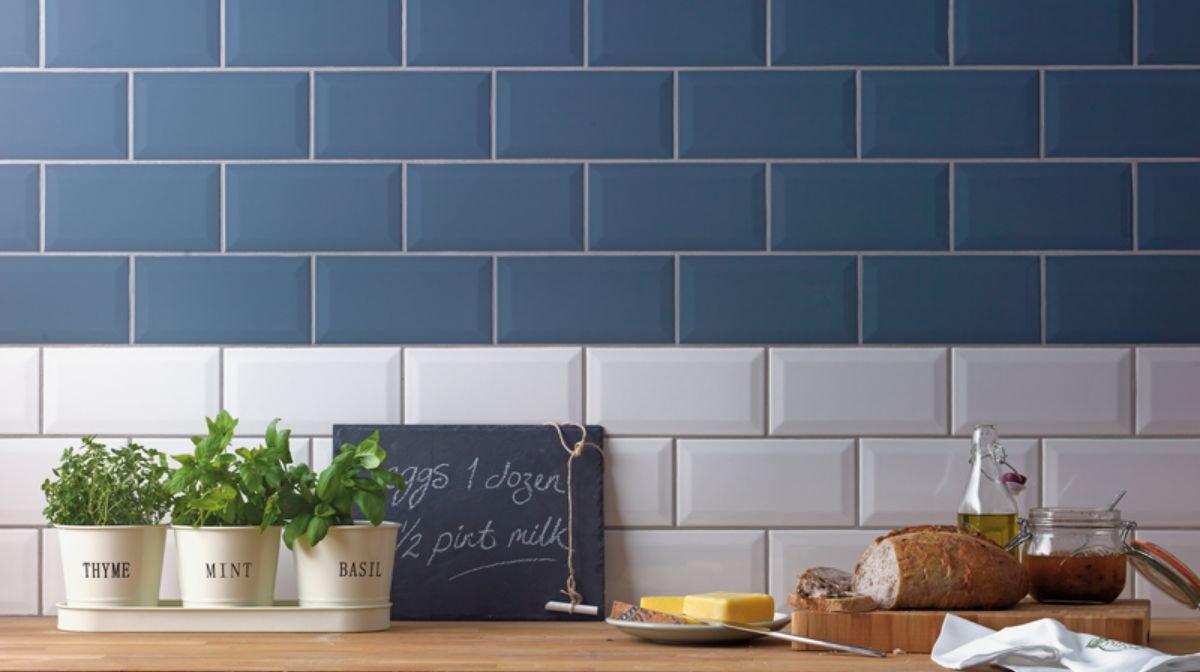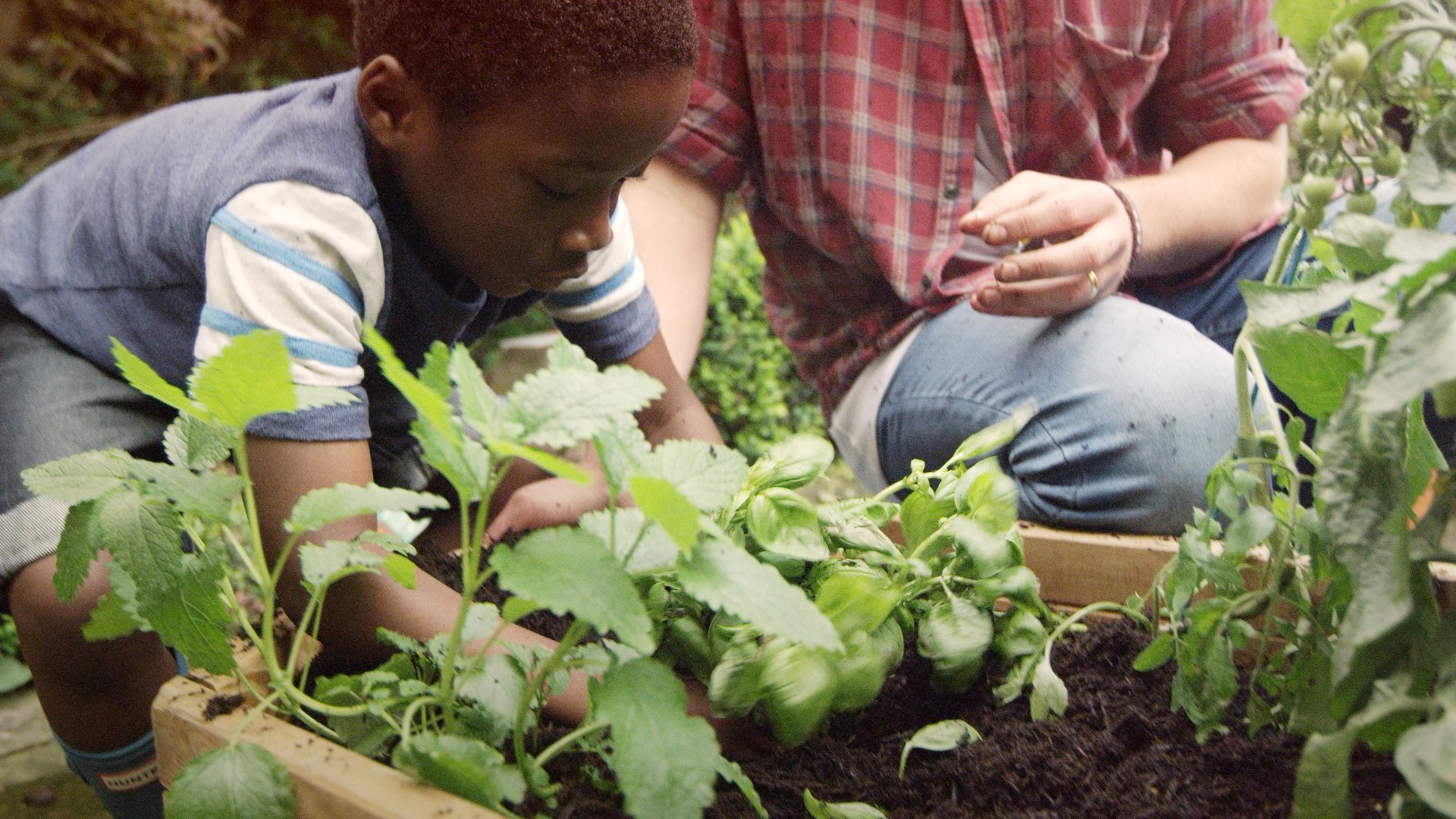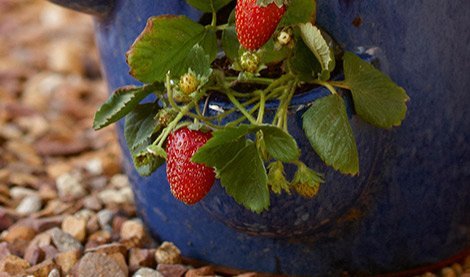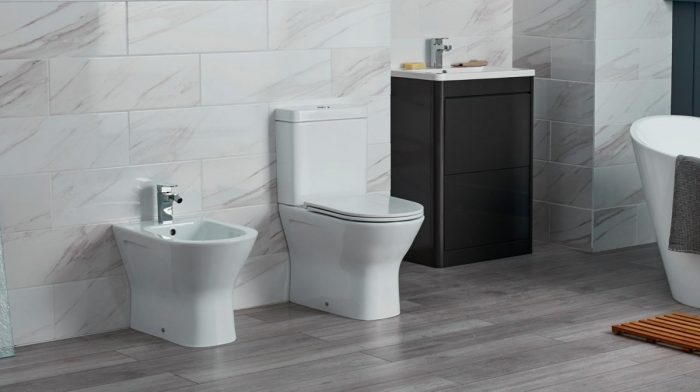Grouting is an important final step in the tiling process, often bringing the whole look together. If you’ve ever wondered how to grout tiles, then you’ll be happy to hear that it is an easy and simple process – all you need is this guide and the right grouting tools for the job.
A job suitable for all levels of DIY skills, simply follow our tile grouting tips for a professional finish every time. Before you begin, please ensure you read our DIY safety tips.
Now let’s get started with what you’ll need…
Materials:
- Sponge
- Cloth
- Grout
- Grout protector
- Rubber gloves
- Painter’s tape
- Plastic sheeting
Tile grouting tools:
What is grouting?
Grouting is a mixture made from sand, cement and water. It’s used to fill the gap between tiles, creating a watertight seal and a smooth finish.
Whether you’re giving your bathroom floor tiles a refresh or changing up your tiled kitchen backsplash, grouting is a crucial step. It’s necessary to seal the gaps in your wall or floor to prevent the build-up of moisture and dirt.
How to grout tiles
1. Protect your surrounding areas
Use masking tape and plastic sheeting to protect your surfaces from any accidental spillages or drips. Prepare the tiles by closing the spaces between them, and wipe away any loose debris, dust or adhesive, as it may spoil your finish.
Top tip: If you’re grouting porous tile or stone, pre-seal the tile with an appropriate sealant so that the grout doesn’t stain the tile.
2. Prepare your grout
There are two types of grout: ready-mixed and powder.
If you’re using powdered grout, you will need to mix it with water as per the manufacturer’s instructions. Do this in a plastic bucket, using a small margin trowel. You should only mix up enough powered grout for 30 minutes of work, as it will begin to dry and become unusable.
With pre–mixed grout, simply stir the mixture in the tub until it has a smooth consistency, similar to toothpaste.
Top tip: If you’re using an old tub of grout from a previous project, check its expiry date.
3. Apply the grout
Now it’s time to start grouting your tiles. Place a small amount of grout onto the wall or floor tiles with a squeegee or a grout float, at a 45° angle. Spread the grout firmly into the joints, using upward and diagonal strokes in an S-like motion, until you have filled in the gaps between the tiles.
Work quickly and efficiently, from the bottom sections upwards, as the grout will begin to harden. Don’t forget to periodically clean the float in a bucket of warm water.
Top tip: If you’re working with a large surface area, opt for a professional float when it comes to choosing your grout tools. Work in 5 to 10 square-foot sections and avoid running the grout float in the same direction as the tile joints – as this will create uneven coverage.
4. Remove excess grout
Once the grout has been applied to your floor or wall tiles, wait about 20 minutes. Then, wipe the tiles with a damp grout sponge to remove any excess.
Finish by wiping across the tiles in a diagonal direction, rotating the sponge to its clean side after each swipe. Before moving onto a different section, rinse the sponge in water and wring it out until it’s almost dry.
Top tip: If you remove some grout accidentally, reapply with your finger or a grout spreader.
5. Finish the grout
Allow the grout to harden slightly before using a grout finishing tool to complete the joints. Firmly pull the tool over the joints, section by section, using smooth and continuous movements to ensure a sleek appearance. The aim is to achieve a consistent shape and depth across all the joints.
6. Polish your tiles
As your grout begins to dry, you may see a powdery film forming on the tiles. Once the grout is completely dry, wipe this off with a soft, clean cloth.
Top tip: Tile grouting should last up to 15 years but if you use a grout protector, it will last even longer. Forming a barrier on top of the porous grout, grout protector will help to form a shield against dirt, grease, water, oil, and limescale. It will also make it easier to clean your tiles.









